Party in the Art Room Blog
Scroll for helpful tips, stories, and news.
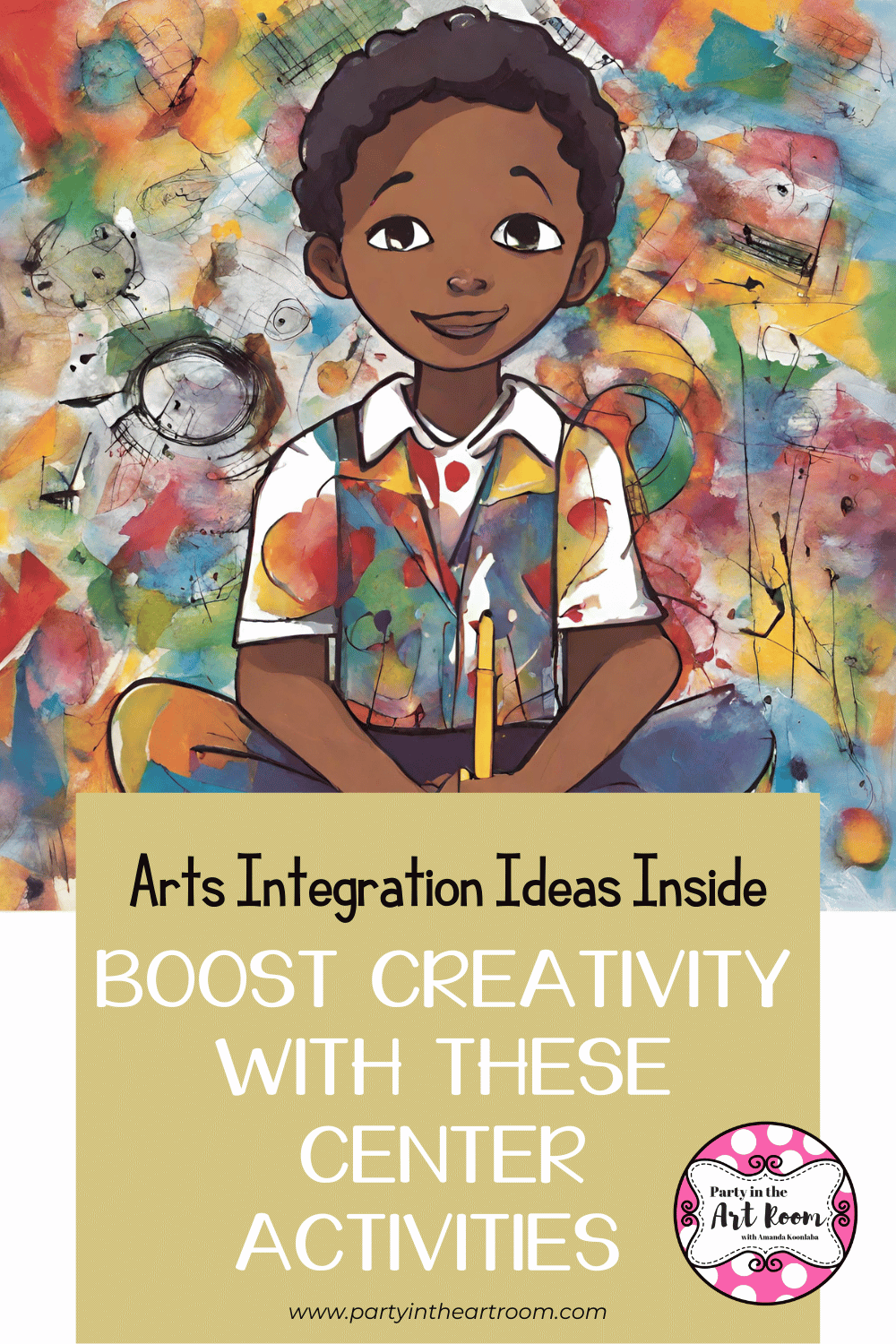
Boost Creativity with these 7 Center Activities: Arts Integration Ideas Inside
Ever found yourself wondering about how arts integration can boost creativity in the classroom? This post is crafted for every creative teacher out there – whether you're an art teacher weaving connections into general ed classrooms or a gen ed teacher on the lookout for fresh ways to teach your content through art. Get ready to explore these 7 Center Activities, and for each resource, I'll share a practical arts-integrated tip to spice up your teaching game.
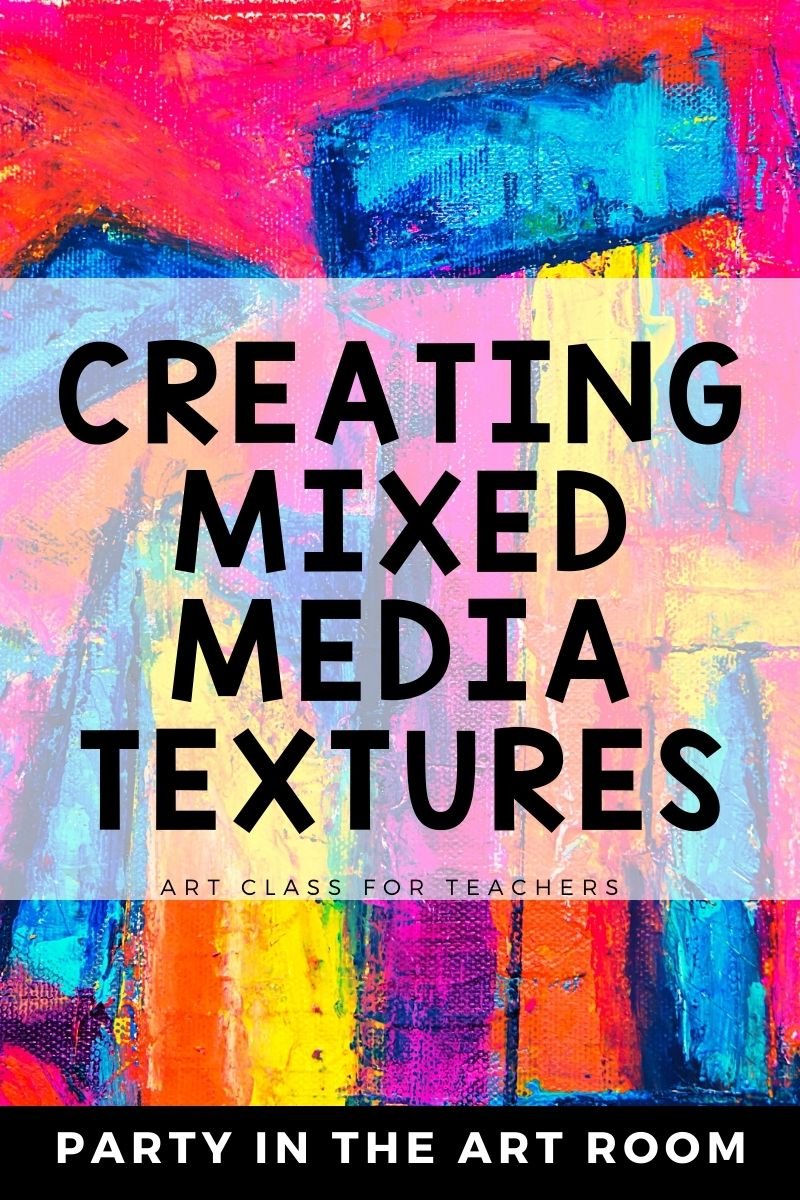
How to Create Unique Textures in Mixed Media
If you’re interested in learning how to create unique textures in mixed media, you’ve come to the right place! I’m going to walk you through the process of mixing up a plethora of basic textures for your artwork. Remember to use these tips with your students and in your own practice. You will get return on your investment in this media by greater engagement in the learning process and retention of skills.
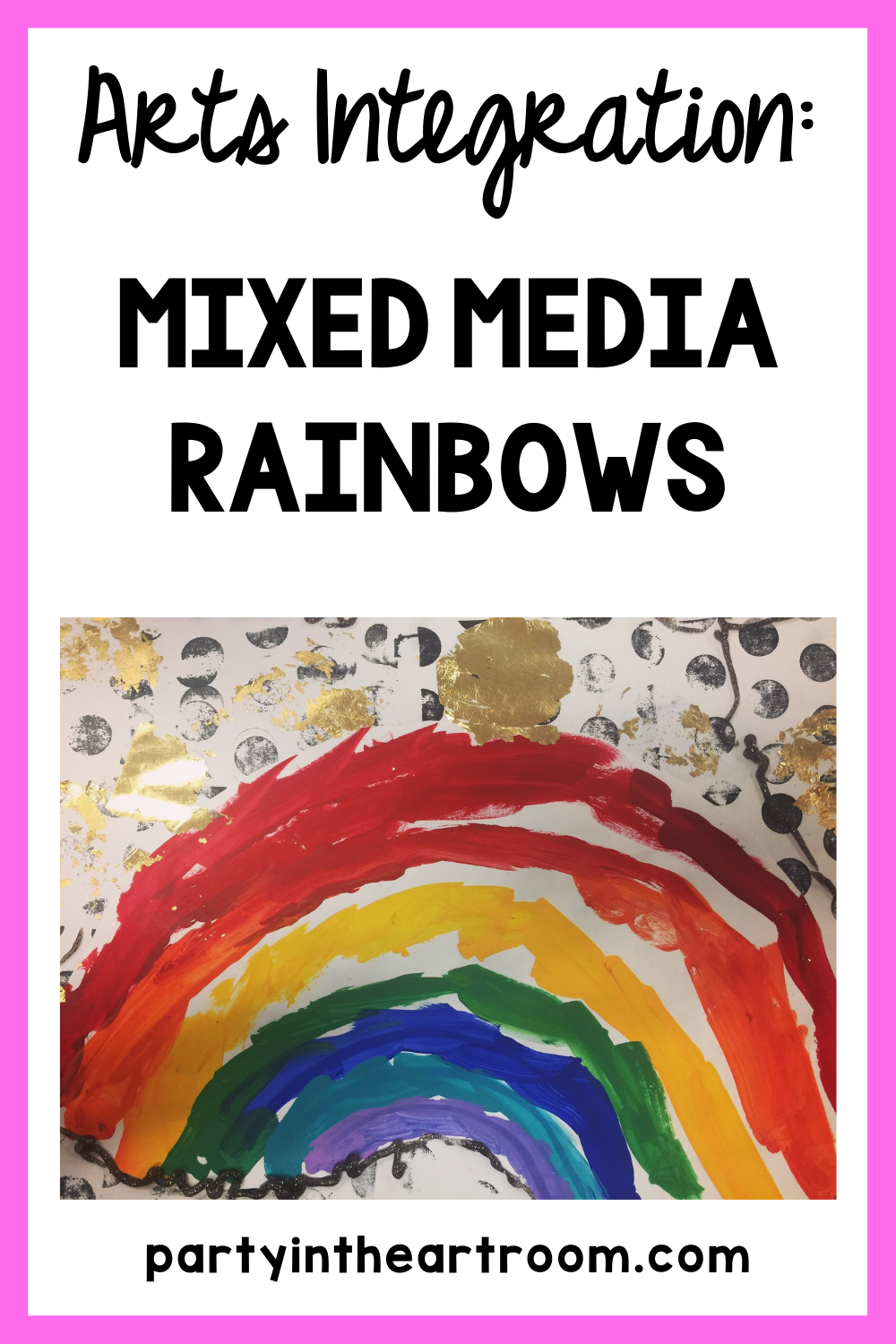
Arts Integration: Mixed Media Rainbows
This Rainbow mixed media art project is super simple to put together, and your students will create amazing pieces. I’ll give you ideas for kicking off the lesson, supplies, and directions.
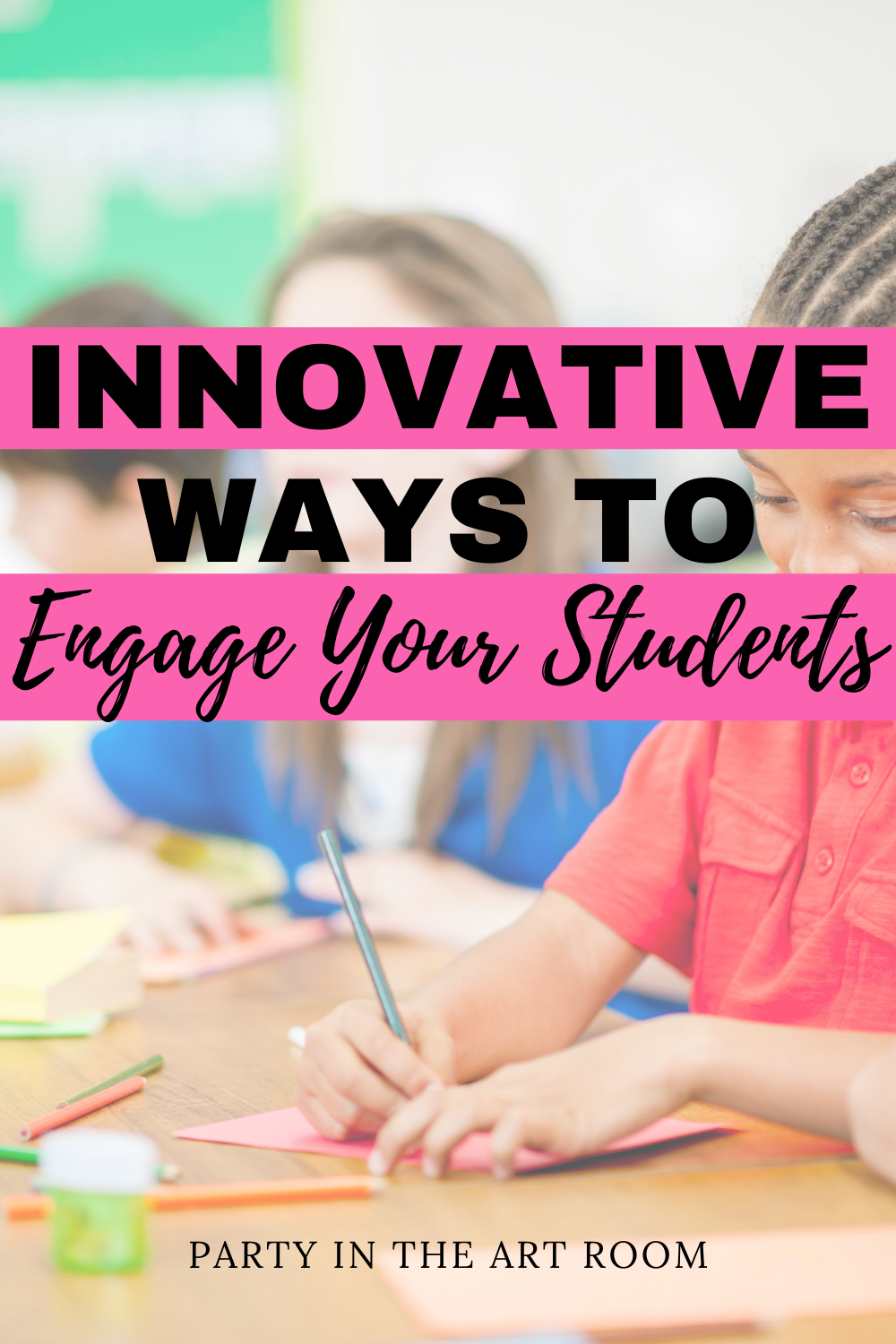
5 Innovative Ways to Engage Your Students
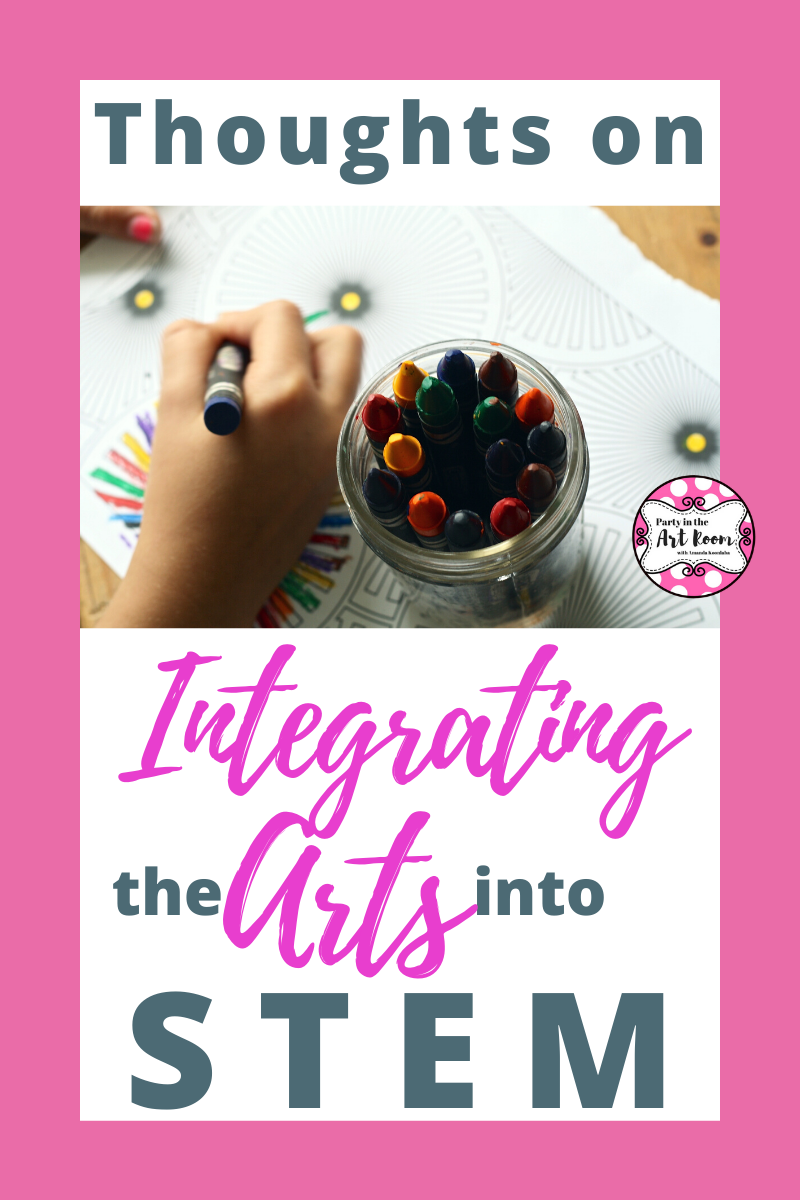
Integration of the ARTS into STEM
How do we better communicate the A in STEAM? It is more than integrating the arts into STEM.
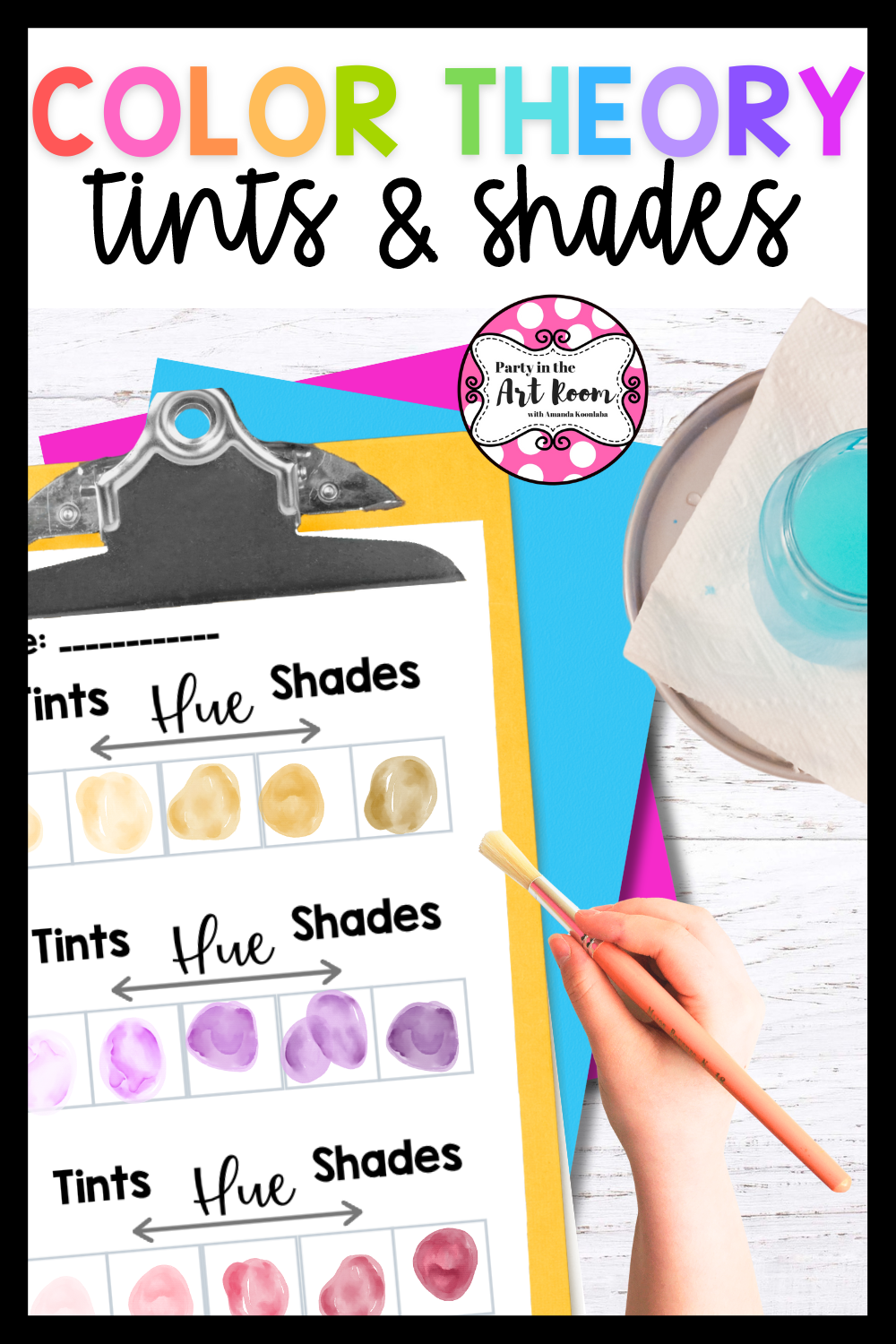
The Easy Way to Teach Tints and Shades to Kids (with FREE Worksheets)
Teaching color theory to kids can be a fun challenge. Here’s a quick tutorial for mixing tints and shades to show value with paint. Don’t forget to download the freebie printable for teachers. This mini-lesson for kids is perfect for getting color theory started with your students.
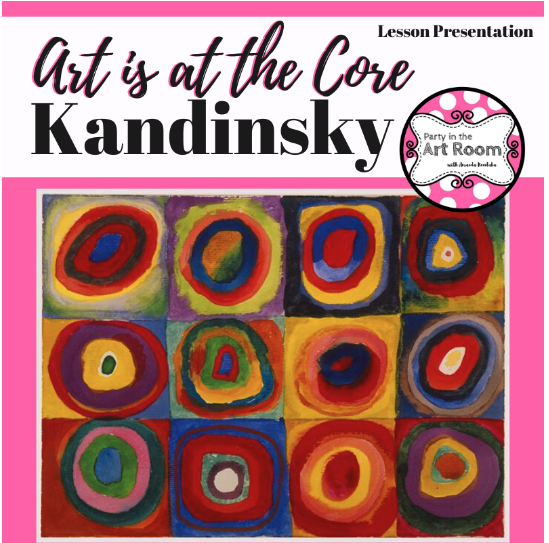
Art is at the Core : Wassily Kandinsky
Are you looking for an arts integrated lesson using visual art to teach math and writing? These lessons is inspired by the work of Wassily Kandinsky (Squares with Concentric Circles). This post stems from a column called Art is at the Core published in Arts and Activities Magazine by Amanda Koonlaba, Ed. S. Make sure you get the freebie pdf of the entire article!
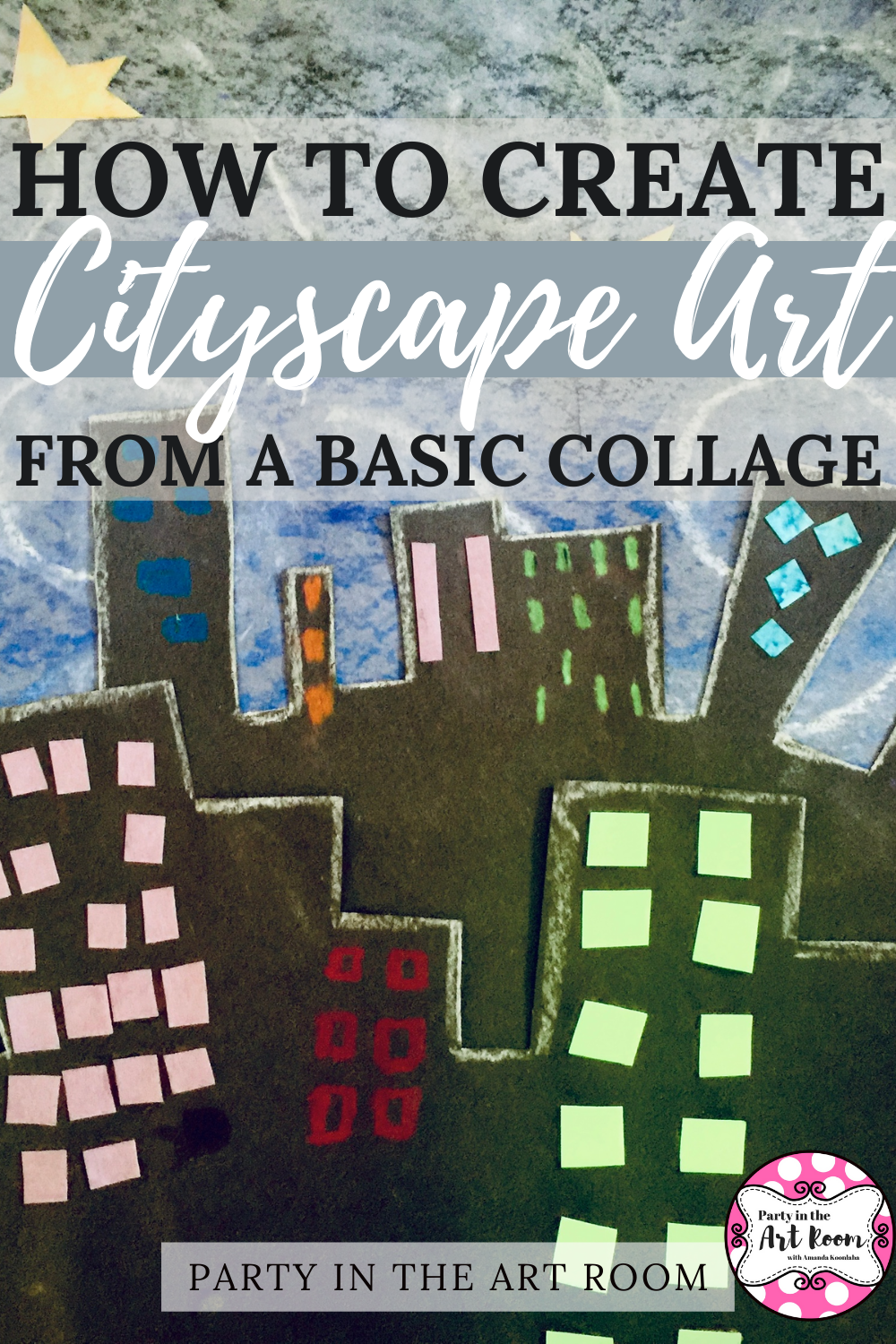
Cityscape Collage Project
The word “collage” literally means to glue. And if there’s anything children love to do, it’s playing with glue. The love of all things sticky can work for your advantage when you use it to work in some learning while giving your students the opportunity to use it in making art.

How to Make Really Easy Animal Masks with Plaster Wrap
For this animal plaster mask project you’ll want to plan for at least three total hours of completion time. This is best done with upper elementary-aged students. For the materials, you can try to get some donated, such as the mask forms and plaster wraps. In short, you’ll need:
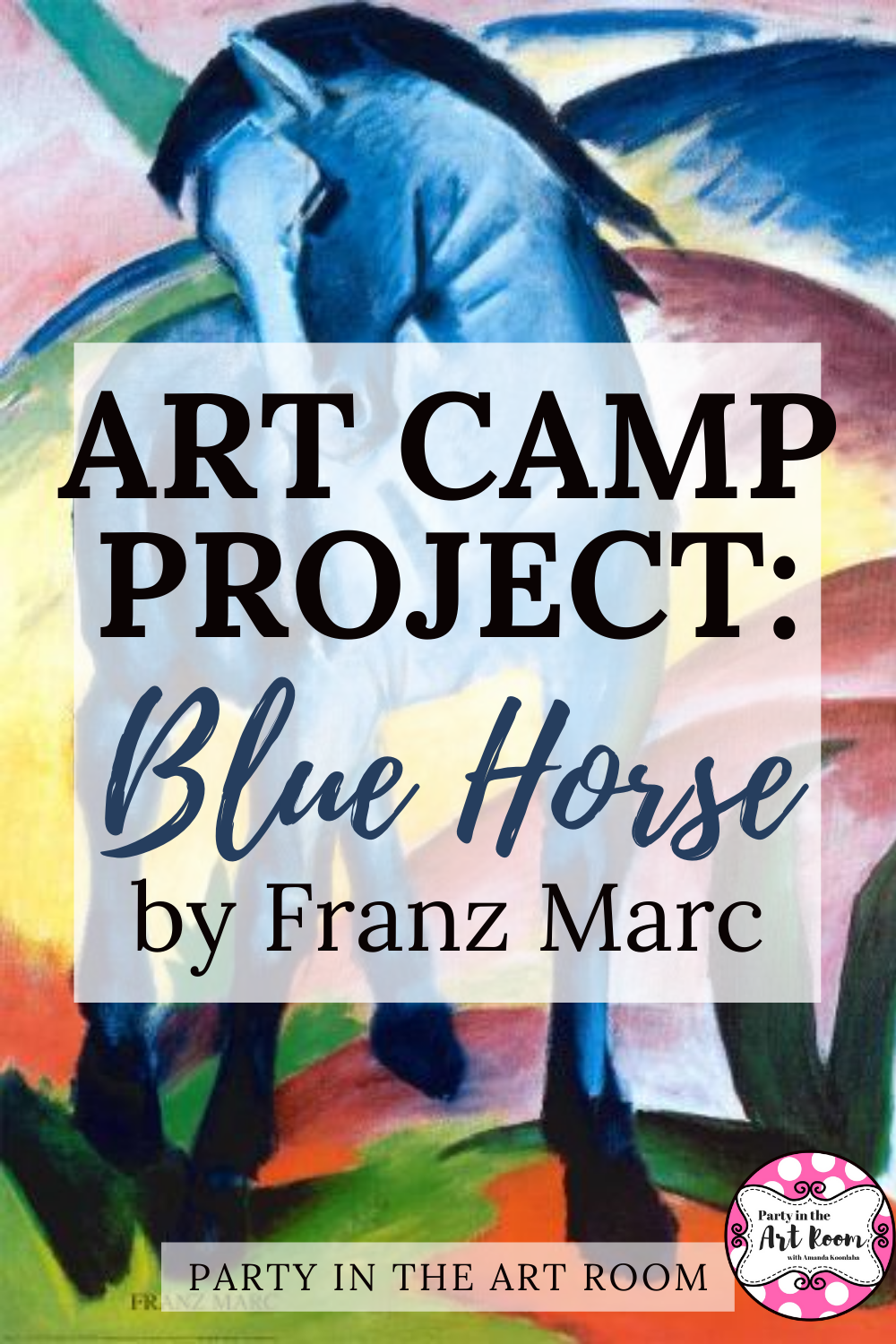
Art Camp Project : Blue Horse by Franz Marc
If you plan on hosting an art camp, keep reading to discover how to host one using the Blue Horse by Franz Marc as inspiration. This lesson is great for the classroom as well. Any age and ability level can do it!
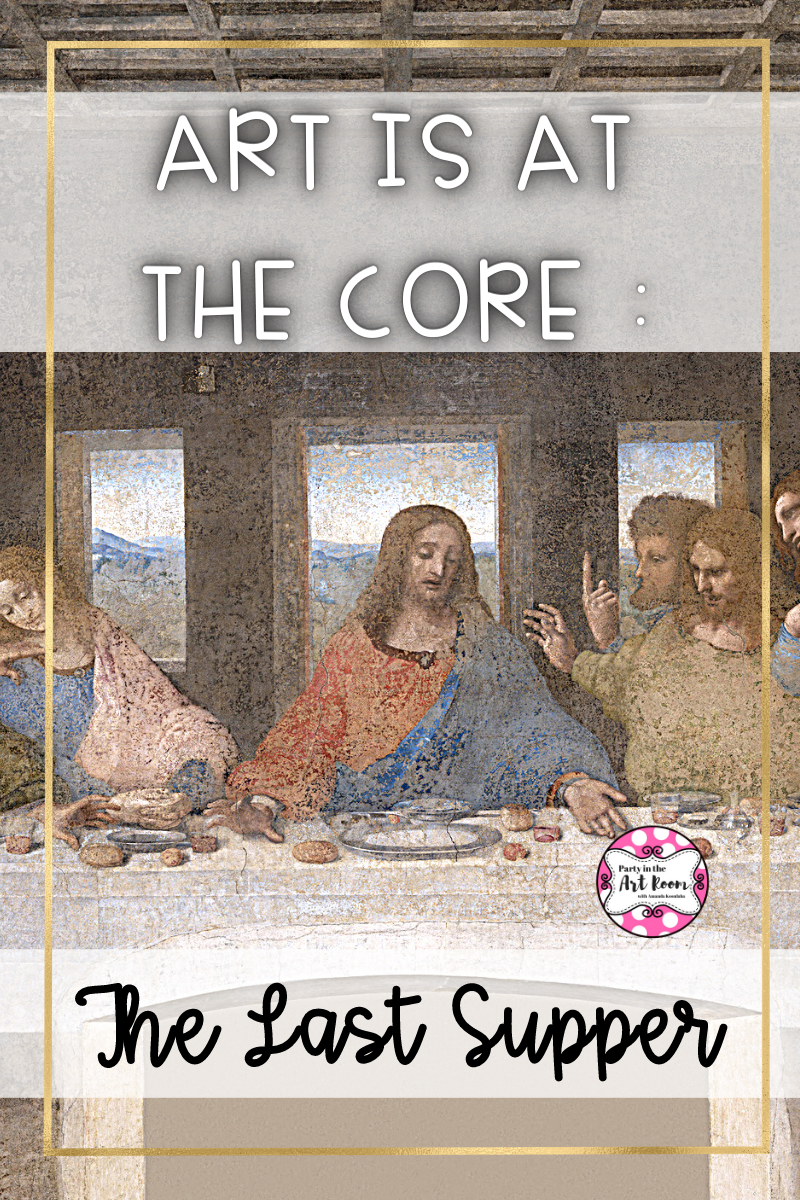
Art is at the Core : The Last Supper
It has been said that Leonardo Da Vinci accomplished more than any other man in history. He was an inventor, a musician, a sculptor, an architect, an engineer, a writer, and a painter (among so many other things). Da Vinci is a staple in art curriculums worldwide, here are some ideas for integrating one of his most famous works, The Last Supper, with other subjects.
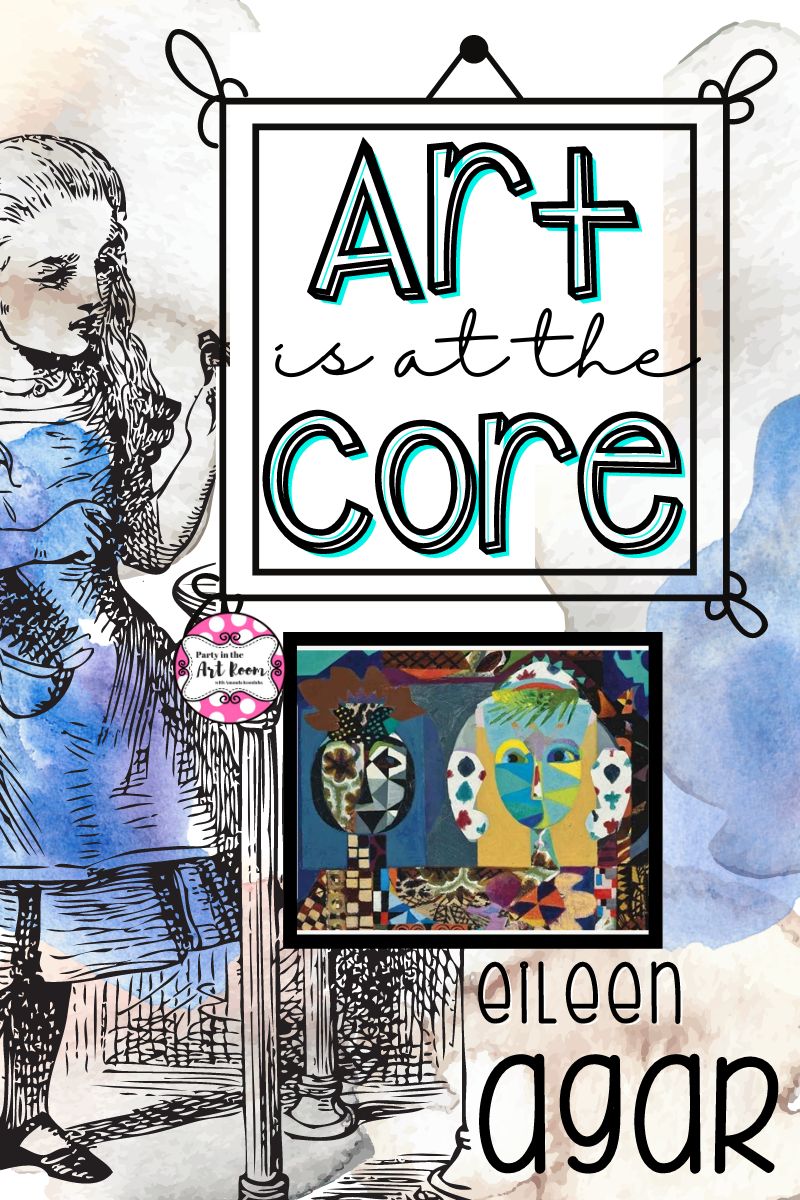
Art is at the Core : Eileen Agar
Few classic works of literature spark the level of whimsy reached by Alice’s Adventures in Wonderland. That’s one of the reasons a myriad of artists have created works based on the stories over the years. As such, the incorporation of the story with Eileen Agar’s Lewis Carroll and Alice makes for an engaging and fun addition to any classroom. Here you will find ideas for using the work to enhance and integrate with other subjects.
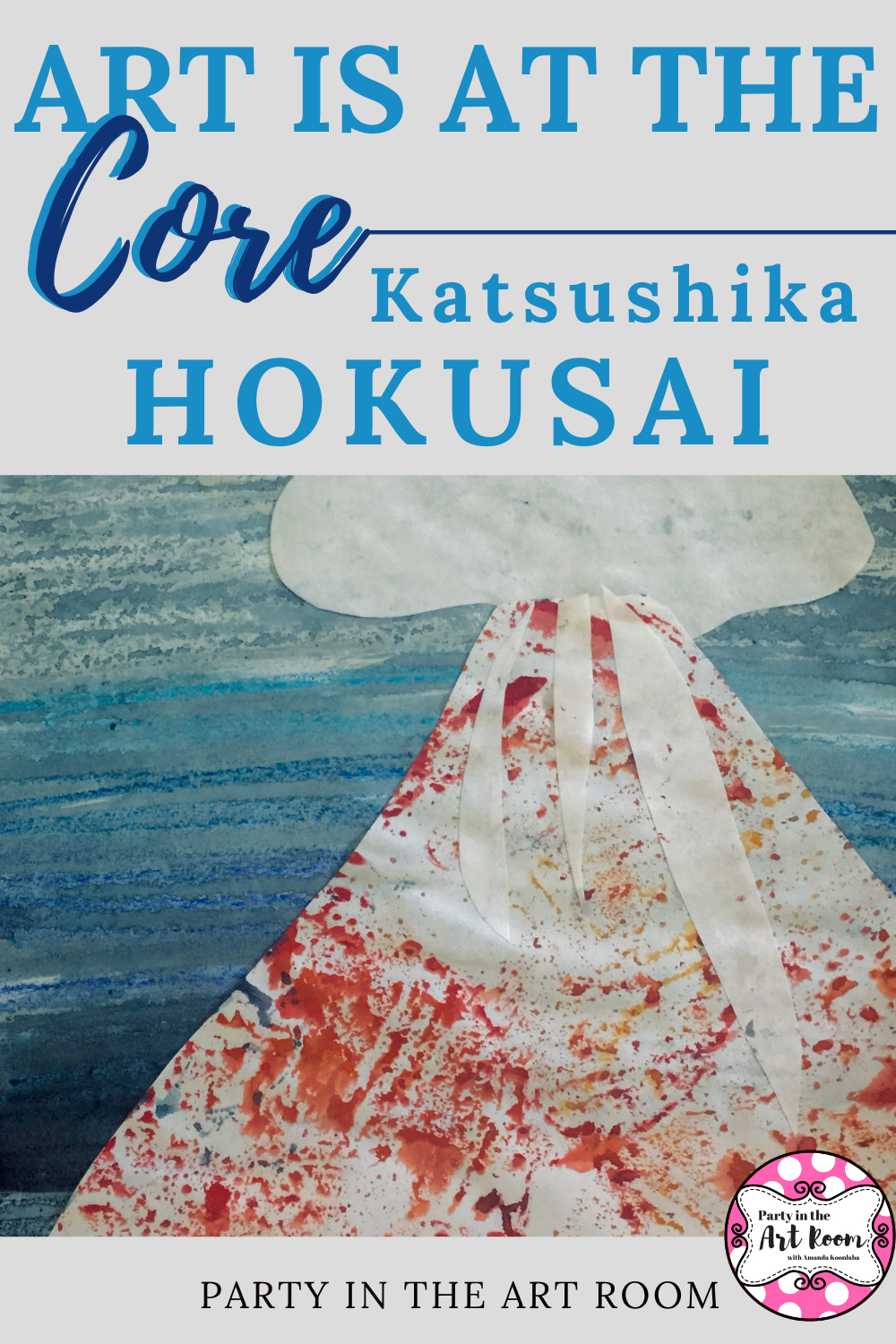
Art is at the Core: Hokusai's Thirty-Six Views of Mount Fuji
Katsushika Hokusai was born in 1760 to an artisan family in Edo, Japan. He became an apprentice to a woodcarver at the age of 14. At 18, he was accepted into the school of Katsukawa Shunsho, where he began his mastery of ukiyo-e, a style of woodblock printing and painting.
